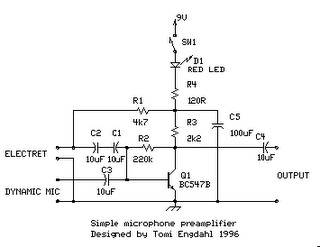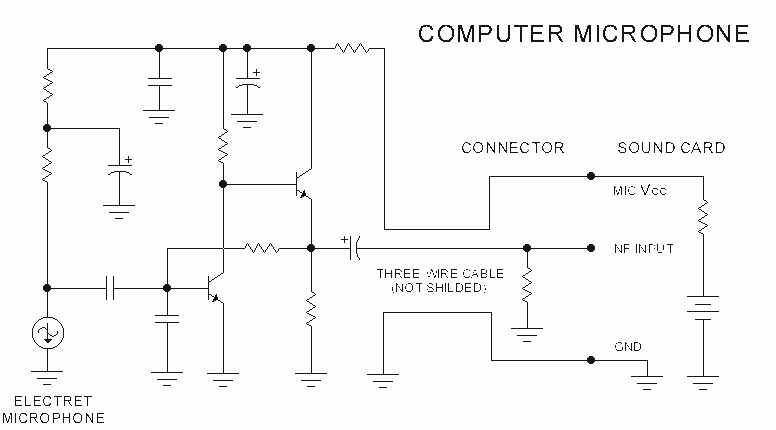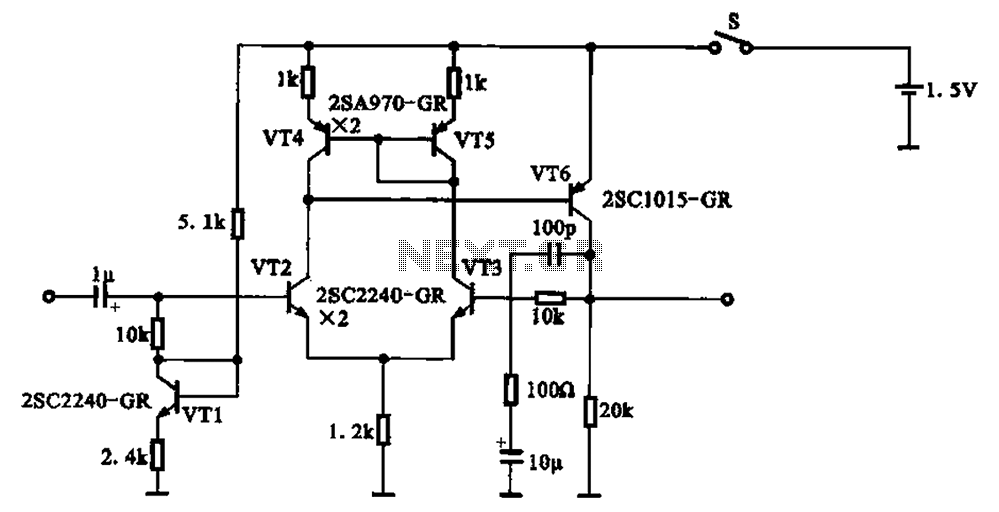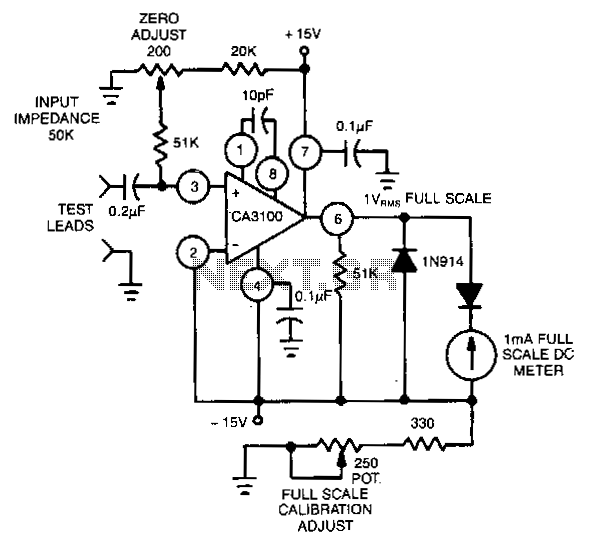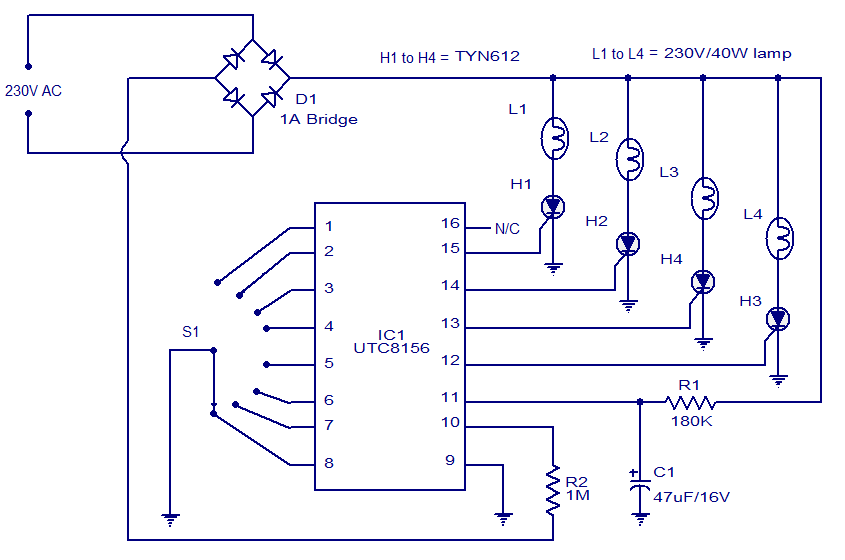
operational amplifier op amp oscillator
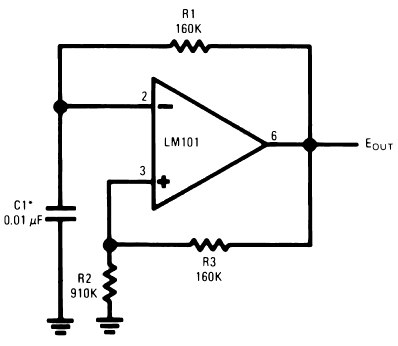
The timing capacitor (C1) generates multiple time constants, facilitating substantial voltage fluctuations at the input, attributable to the LM101's extensive input voltage range. It is advisable to decrease the value of resistor R2 and to increase the capacitance of C1 to avoid surpassing the specified ratings. Smaller polarized capacitors are still utilized by connecting them to the positive supply voltage instead of ground, despite C1 necessitating larger capacitance values.
The circuit incorporates a timing capacitor (C1) that plays a crucial role in shaping the response of the system by producing multiple time constants. This is particularly significant in applications where the LM101 operational amplifier is employed, as it is designed to handle a wide input voltage range. The proper selection of C1 is essential to ensure that the circuit operates within safe limits and maintains stability during operation.
R2 serves as a critical component in determining the charging and discharging rates of C1. A reduction in the resistance value of R2 will lead to faster time constants, enhancing the responsiveness of the circuit to input voltage changes. Conversely, if R2 is too high, the system may become sluggish, failing to adequately respond to rapid voltage swings.
The smaller polarized capacitors included in the design are strategically connected to the positive supply voltage. This configuration is essential, as these capacitors help to stabilize the circuit while allowing the larger timing capacitor (C1) to manage significant voltage variations effectively. By ensuring that these smaller capacitors are not grounded, the circuit can maintain a consistent reference point, which is vital for accurate signal processing.
In summary, the interplay between C1, R2, and the smaller polarized capacitors is fundamental to achieving optimal performance in circuits utilizing the LM101. Careful consideration of component values and configurations will ensure that the circuit operates reliably within its specified parameters, ultimately leading to improved functionality and performance in electronic applications.Timing capacitor (C1) produces several times constants which is used to allow large voltage swings on the input due to the LM101`s large input voltage range. The R2 should be reduced and the C1 should be increased to keep from exceeding these ratings. The smaller polarized capacitors is still used by returning them to positive supply voltage inste ad of ground, even though C1 requires the large values. 🔗 External reference
The circuit incorporates a timing capacitor (C1) that plays a crucial role in shaping the response of the system by producing multiple time constants. This is particularly significant in applications where the LM101 operational amplifier is employed, as it is designed to handle a wide input voltage range. The proper selection of C1 is essential to ensure that the circuit operates within safe limits and maintains stability during operation.
R2 serves as a critical component in determining the charging and discharging rates of C1. A reduction in the resistance value of R2 will lead to faster time constants, enhancing the responsiveness of the circuit to input voltage changes. Conversely, if R2 is too high, the system may become sluggish, failing to adequately respond to rapid voltage swings.
The smaller polarized capacitors included in the design are strategically connected to the positive supply voltage. This configuration is essential, as these capacitors help to stabilize the circuit while allowing the larger timing capacitor (C1) to manage significant voltage variations effectively. By ensuring that these smaller capacitors are not grounded, the circuit can maintain a consistent reference point, which is vital for accurate signal processing.
In summary, the interplay between C1, R2, and the smaller polarized capacitors is fundamental to achieving optimal performance in circuits utilizing the LM101. Careful consideration of component values and configurations will ensure that the circuit operates reliably within its specified parameters, ultimately leading to improved functionality and performance in electronic applications.Timing capacitor (C1) produces several times constants which is used to allow large voltage swings on the input due to the LM101`s large input voltage range. The R2 should be reduced and the C1 should be increased to keep from exceeding these ratings. The smaller polarized capacitors is still used by returning them to positive supply voltage inste ad of ground, even though C1 requires the large values. 🔗 External reference
Warning: include(partials/cookie-banner.php): Failed to open stream: Permission denied in /var/www/html/nextgr/view-circuit.php on line 713
Warning: include(): Failed opening 'partials/cookie-banner.php' for inclusion (include_path='.:/usr/share/php') in /var/www/html/nextgr/view-circuit.php on line 713
